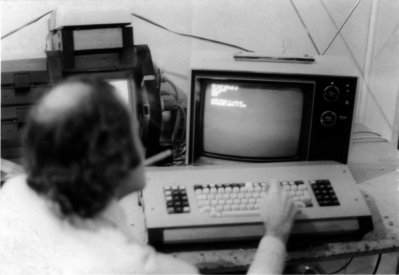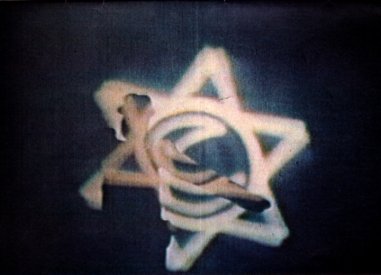Ariel was an important figure in the early video art scene that emerged in the late 1960s. Identifying with the transcendental hippy counter-culture of the day, Ariel joined the Bush Video group as a cameraperson and technician from early 1974 until the middle of 1975.
From 1975 till 1976 he worked as a technician and as production adviser at the National Video Resources Centre, Paddington. This marked an important development in the video access movement, which had a political and community-oriented approach to the possibilities of using video as a form of creative expression.
He begac teaching porta-pak production at Australian Film and Television School, Open Programme in 1975 and 1976.
In 1977 though till the middle of 1979, he worked increasingly with microprocessors. He subsequently became head of engineering department at Computerland Australia (a computer maintenance and operating systems software company).
Throughout the 1980s he began to engage in freelance work relating to micro-systems analysis and programming, exploring the experimental possibilities of working with computer graphics and computer-aided video animation.







